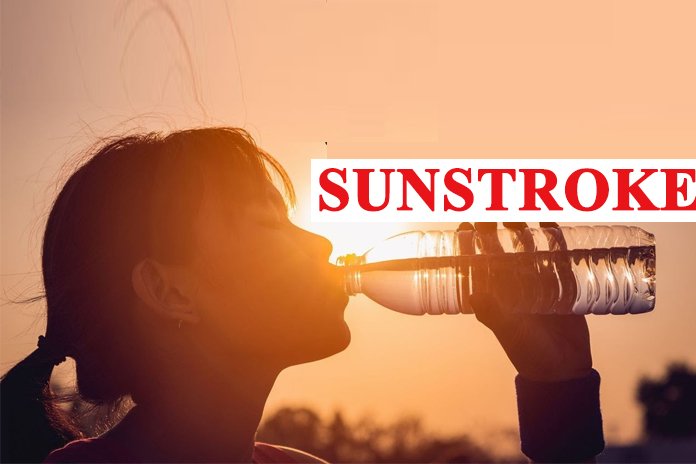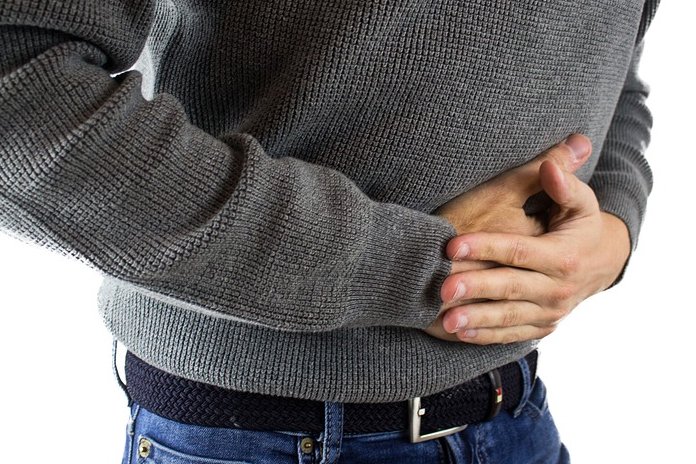Varicose vein also is known as varicose or varicosities is a condition where veins become enlarged and gnarled that appears blue or dark purple. This occurs when the valves in the veins do not perform efficiently and blood flow is restricted. They become dilated and overfilled with blood causing pain. They can also cause ulceration in the legs. It is more evident and prone to pregnant women and people who are obese. Approximately 1 in 4 people suffer from varicose veins. Varicose veins mostly appear in lower legs.
Causes of Varicose Vein
This condition occurs when blood begins collect in the veins instead of flowing towards the heart because of failure of valves. Few common causes of varicose veins:
- Pregnancy
- Obesity
- Age
- Constipation
- Post surgery trauma
- Abnormal blood vessels
- Previous blood clot
- Genetics
- Stress on legs
- Menopause
- Use of birth control pills
Symptoms of Varicose Vein
- Swelling: swelling occurs due to restricted blood flow
- Itching: due to swelling itching starts
- Cramps: blood flow problem will lead to cramps
- Aching legs: legs start aching due to the condition and cannot take too much stress on the legs
- Swollen ankles: lower leg areas start swelling
- Spider veins: spider veins are visible red, small blue vessels that twist and turn.
- Venous eczema: skin inflammation caused by fluid buildup, in this case, blood gets overfilled in the veins.
- Atrophie Blanche: it generally occurs after skin injury in the lower leg or foot. It appears in the form of a scar and is also called white atrophy.
- The heaviness of legs: due to swelling it becomes difficult to walk and heaviness of legs is felt.
- Phlebitis: inflammation of veins that is short-term
- Bleeding: minor injuries or ruptures can lead to bleeding when suffering from varicose veins.
- Deep vein thrombosis: blood clots in deep veins which are usually observed in the legs.
Treatments of Varicose Vein
Though varicose veins are not majorly dangerous, they do affect the look of your lower legs. There are a lot of treatments and surgeries like a laser and radiofrequency technologies. The general physical examination is important so that early diagnosis will help in preventing further damage. Ultrasound is also carried out to identify the condition. Treatments for varicose veins are:
- Sclerotherapy: injection is given into the veins as liquid or foam to destroy the vessels
- Ablation: abnormal veins are destroyed using radiofrequency or laser.
- Phlebectomy: veins are removed or stripped by surgery.
Other than these treatments, compression stockings are recommended to release the blood pressure, the degree of pressure should be consulted by a doctor. They need to be replaced time to time. Surgical methods to treat the condition will have a few side effects like nausea, vomiting, and allergies in some cases.
Natural Remedies to Treat Varicose are:
- Enough physical activity that will help in blood circulation
- Eating foods that have fiber content like oats, wheat, nuts etc
- Eating foods that contain potassium like yogurt, almonds, oranges, chicken etc.
- Foods with flavonoids like onions, garlic, spinach, broccoli etc
- Rutinosides
- Grape seed extract.
As surgery and treatments do have side effects and are also painful, home remedies and herbal solutions along with diet changes might bring in a lot of change if not completely eradicate the situation. Nonetheless, medical treatments and surgeries will reduce their appearance.



